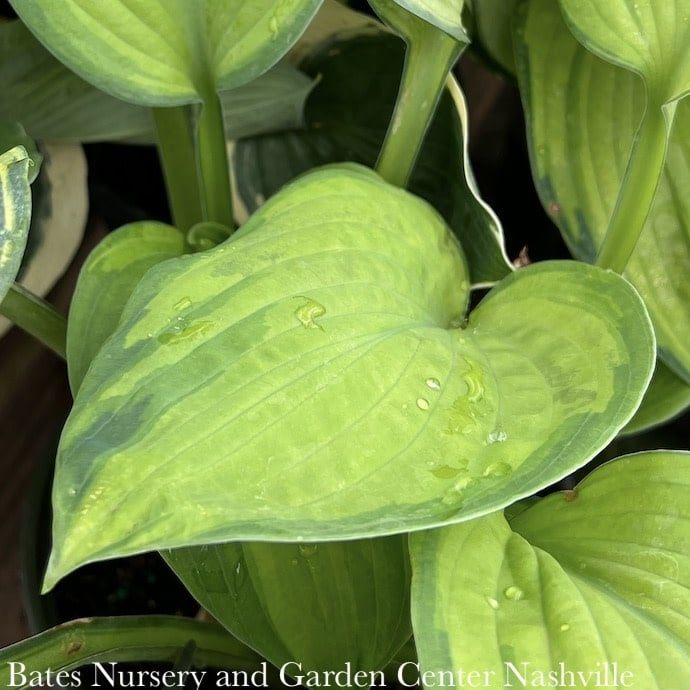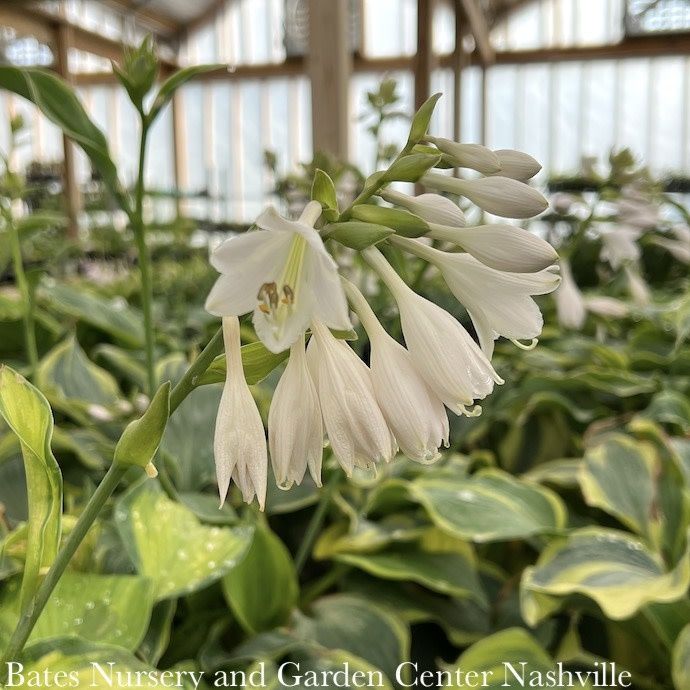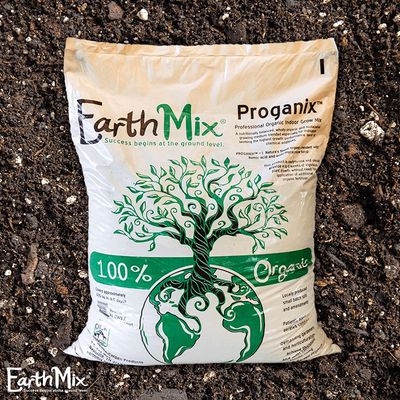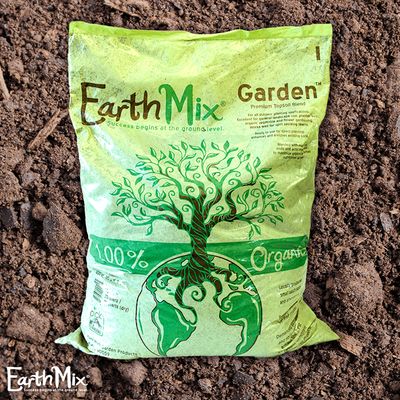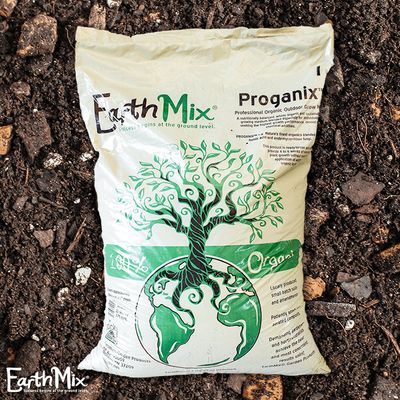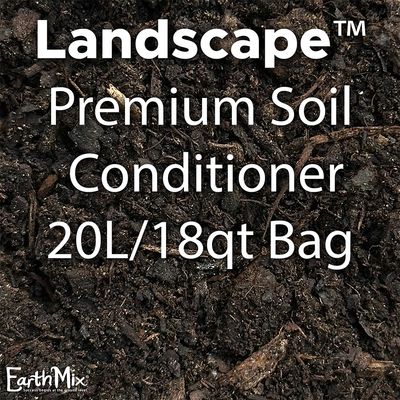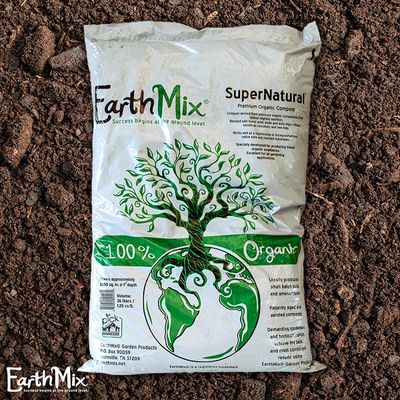#1 Hosta Brother Stefan/ Green w/ Gold Center
#1 Hosta Brother Stefan/ Green w/ Gold Center
This bright hosta's broad, green leaves are painted with feathery chartreuse maple leaves at their centers. A dusty blue coating in spring gives way to vibrant color in summer, when white flowers top the foliage. The crinkled leaves are resistant to slugs.
Scientific Name: Hosta 'Brother Stefan'
Common Name: Brother Stefan Hosta
Garden Size: 20-26 inches tall by 36 inches wide; scape height 24 inches
Growth Rate: Moderate
USDA Zone: 3-9
Exposure: Partial to full shade
Water & Soil: Moist, well-drained soil
Habit (Form): Mounding
Foliage: Large, heart-shaped, nearly-round leaves with green margins and bright chartreuse centers. The center pattern has an irregular, almost maple leaf shape, with a third green color forming where the colors overlap. In spring the leaves have a frosty glaucous coating that makes them appear slightly blue. Mature leaves are slightly cupped and deeply corrugated, making them resistant to slugs.
Flowers: Pure white, bell-shaped flowers that grow on scapes just above the foliage. Blooms early to mid summer.
Plant Origin: East Asia, primarily Japan and Korea. Most commercially available hostas are hybrids.
Wildlife Support: Hummingbirds and some bees enjoy the flowers. A favorite treat for our local deer.
Fertilizing: Apply compost in early spring before new growth emerges.
Pruning: Remove spent flower stalks to encourage new growth; trim back damaged or yellowing leaves as needed. Leave the leaves over the winter and wait until early spring to clean up.
ASPCA Toxicity flags (see their site for details): Toxic to dogs, cats, and horses
Uses: Ideal for shade gardens, woodland borders, and container plantings.
AHS Classification: II-6a (Large Leaved; Green or Blue Margined; Yellow, White, or Chartreuse Center)
Parentage: H. ‘King Tut’ x H. ‘Mildred Seaver’ seedling
Notes: AHGA Hosta of the Year 2017
